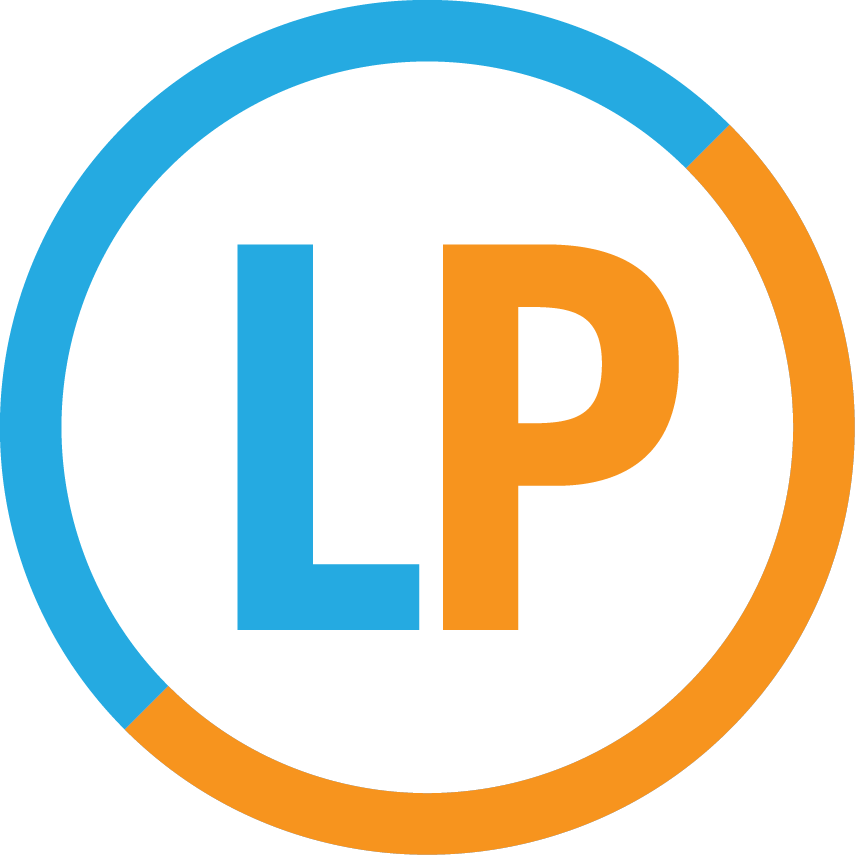If you work with two different tutors on your ACT test prep (as the majority of our ACT students do), then you need to divide up the test sections somehow so that each tutor is responsible for guiding you through specific parts of the test. The most common way to do that is to work on the three “verbal” sections (English, Reading, and Essay) with one tutor and then to work on Math and Science with the other.
In some ways, this division makes a lot of sense. For starters, it tracks a common way of classifying areas of knowledge more generally (humanities fields vs. STEM fields). And when you ask students (and tutors!), to describe their own academic interests or their strengths and weaknesses, they’ll often invoke this same divide, situating themselves on one or the other side of it.
But this certainly isn’t the only way to divide up the ACT’s sections, and for some purposes, a different approach might work better. One approach that I sometimes recommend is to work on the Science and Reading sections together.
These two sections have a lot in common, after all: Both of them require you to engage in critical analysis, both require that the analysis be carried out under time pressure, and both require you to maintain your focus as you work through several multi-question passages. Many of the Science passages require careful reading, and these passages are just as much a test of your “verbal” abilities as anything else on the ACT is. (The “dueling-scientists” passages, in particular, test many of the same skills as the comparative reading passages in the Reading section—the ones with a Passage A and a Passage B.) Plus, every Reading section concludes with a passage about natural science.
To excel at both of these sections, then, you need to be able to read about science, and for many students that can be a new kind of challenge. High-school English classes usually don’t involve reading about science, and most high-school science classes do little, if anything, to develop students’ verbal skills.
So, here are some strategies to help you improve at that vital—and too often neglected—ACT skill:
Make a habit of reading about science, beyond the reading you do during practice tests.
Two websites that I find particularly helpful are Science Daily and the “Trilobites” column in the New York Times. These two websites contain short articles—around the same length as an ACT passage--about recent scientific discoveries. When you read these articles, focus on both the substance of the discovery AND on the mechanics of the scientific experiments that yielded the discovery.
For practice, have a look at this recent article from Science Daily. (It just happens to be about a topic, butterfly mimicry, that has appeared on an ACT Reading section.)
When an ACT passage introduces a new concept (like “umbrella species” or “sky islands”), make an effort to understand that concept as you read.
Sometimes, the test’s editors will even help you to identify a key concept by putting the related term in quotation marks or by italicizing it. It’s a safe bet that you’re going to be asked about that concept when you get to the questions. So why not make an effort to grasp the concept as you read, rather than waste precious time looking back at the passage later?
After reading that article about the butterflies, can you explain the difference between Batesian mimicry and Mullerian mimicry?
When a passage describes a complex natural process, make an effort to understand that process as you read.
Again, this will save you time later!
After reading the butterfly article, can you explain how these butterflies acquire their foul taste?
When you’re reading about a scientific experiment, pay attention to details, and actively try to figure out what those details mean.
ACT Science passages often include questions about experimental design, and the key to those questions is often in the text of the passage, in what may have seemed like a minor detail.
In the butterfly article, you read that Dr. Prudic’s team conducted an experiment using praying mantids that were “hand-reared in the lab.” Why were these mantids “hand-reared”? That’s not extraneous information, but it takes a moment of thought to figure out its significance. And that’s just the kind of detail that an ACT passage would ask you about.
Improving your reading about science takes practice, but it’s one of the best things you can do to prepare for the ACT!



